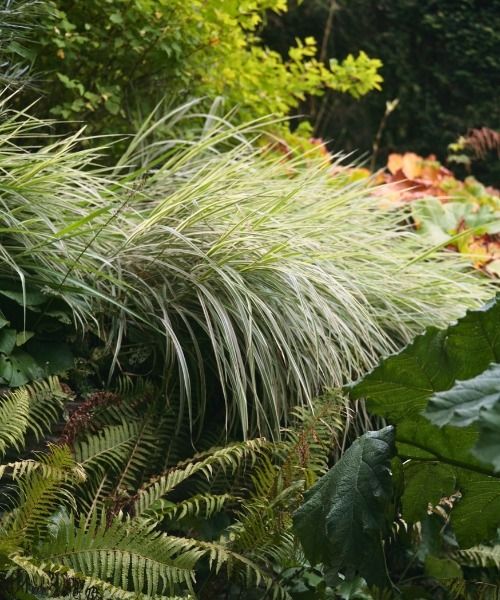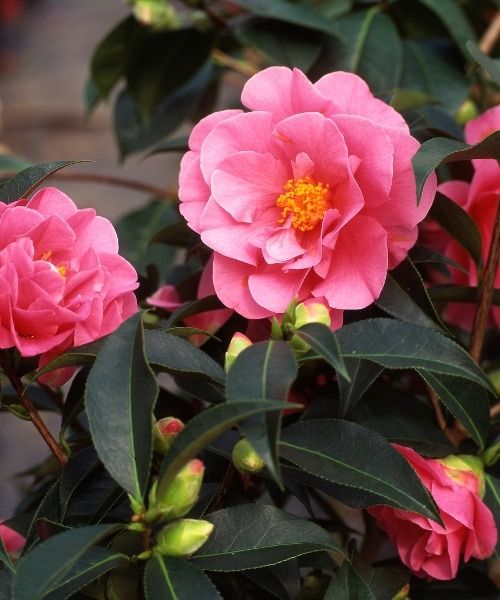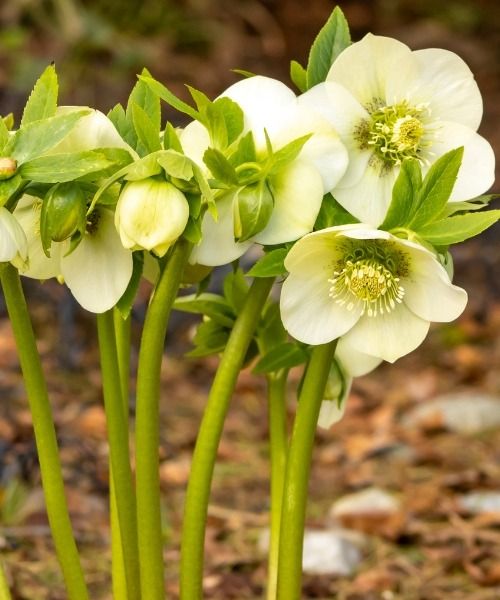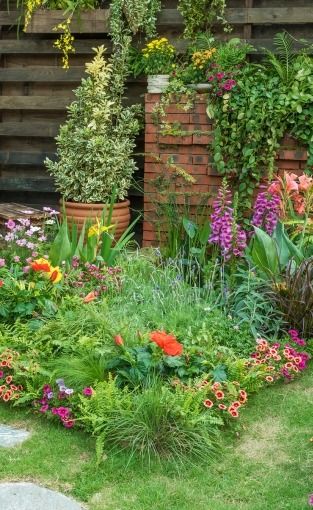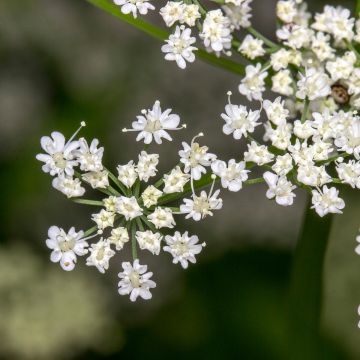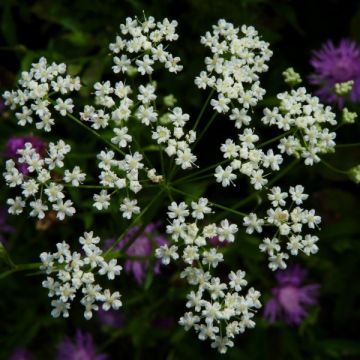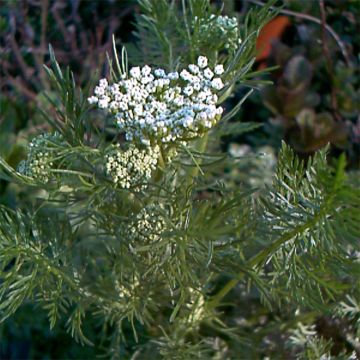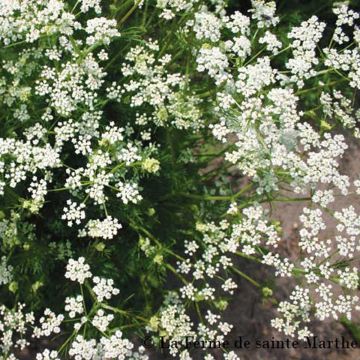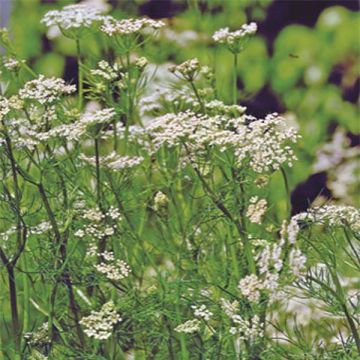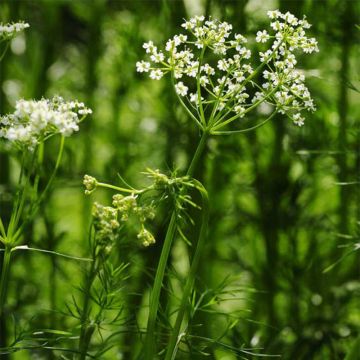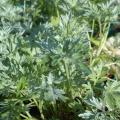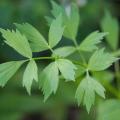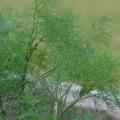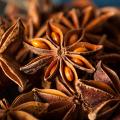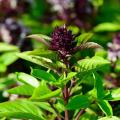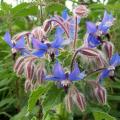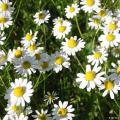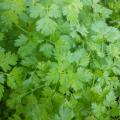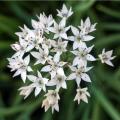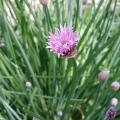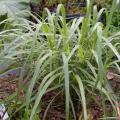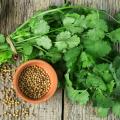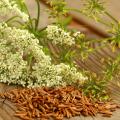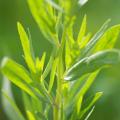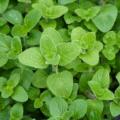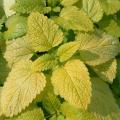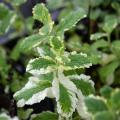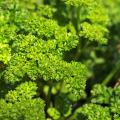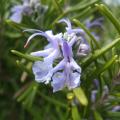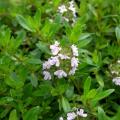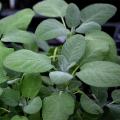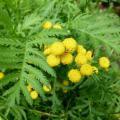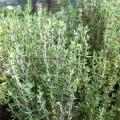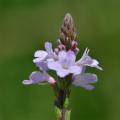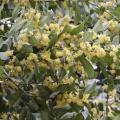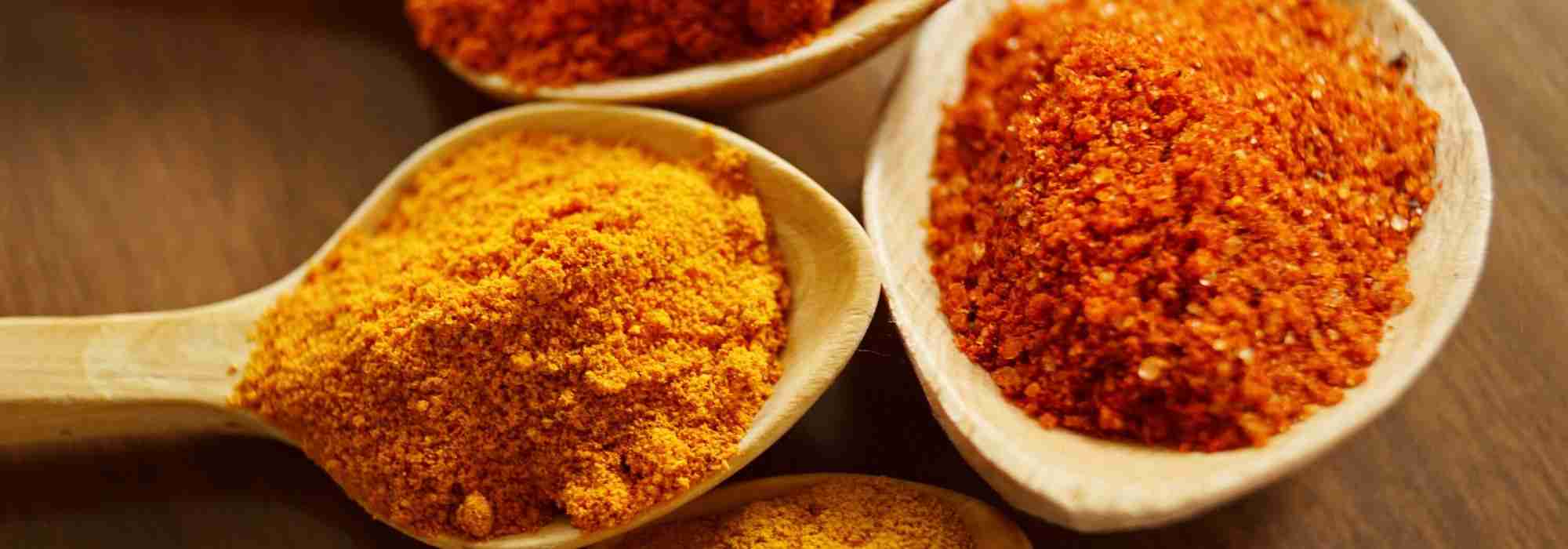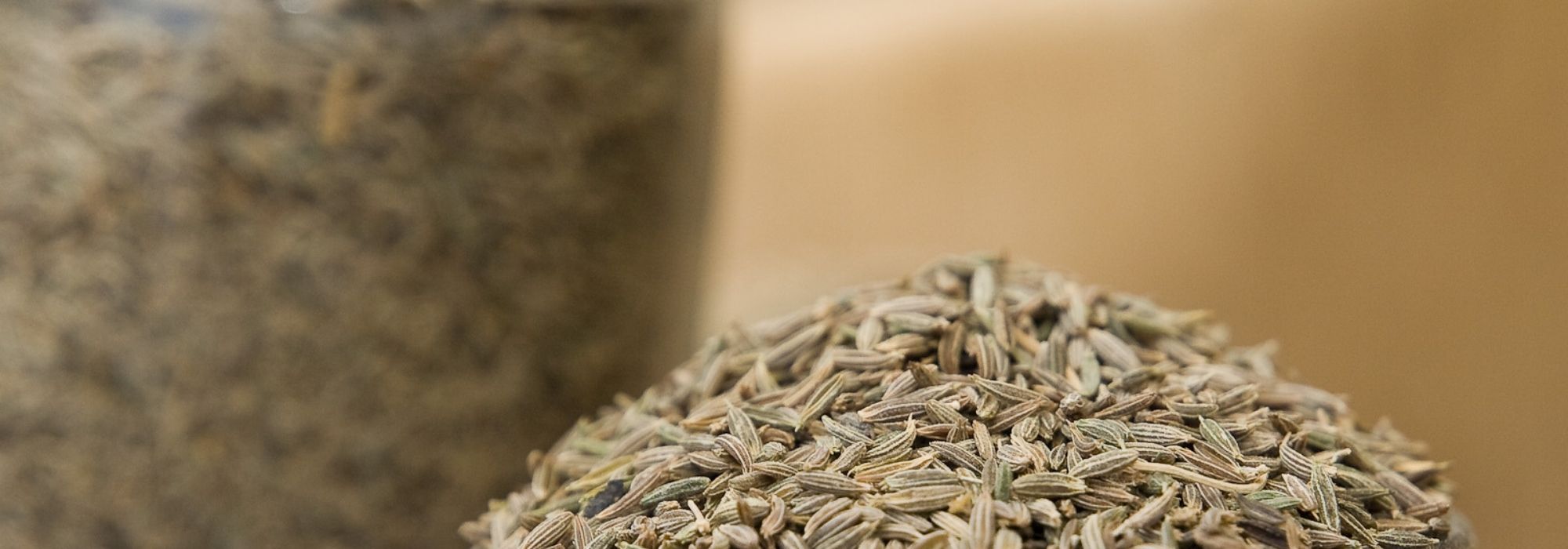Cumin
Does this plant fit my garden? Set up your Plantfit profile →
Available in 1 sizes
Available in 1 sizes
Available in 1 sizes
Available in 1 sizes
Available in 1 sizes
Cumin, Cuminum cyminum in Latin, also known as "false anise," is an annual herbaceous plant and aromatic member of the Apiaceae (umbellifer) family, native to the Mediterranean basin and the Near East. Sometimes confused with caraway, Carum carvi, cumin resembles a carrot with its light and fragile habit, its foliage divided into fine strips, and its light umbel flowers, ranging from white to pale mauve-pink. It is the mature and dried seeds that are used as a spice in oriental cuisine, particularly to flavour tagines and couscous in the Maghreb, Indian curries and Indonesian dishes, but also to enhance and accompany all the aromas of Alsatian Munster cheese or fresh goat cheese. The medicinal properties of cumin are recognized and appreciated for relieving digestive disorders: the plant has carminative, stomachic, and antispasmodic virtues.
Cumin appreciates warmth and full sun, well-drained, light, and humus-rich soils. It is sown in spring, directly in place, as it does not tolerate transplanting.
Aromatic plants can easily be planted in the sun in the garden and even in pots on a balcony or terrace, or even on the simple kitchen window sill to always have parsley, chives, thyme, etc. freshly harvested for seasoning dishes.
Haven't found what you were looking for?






























